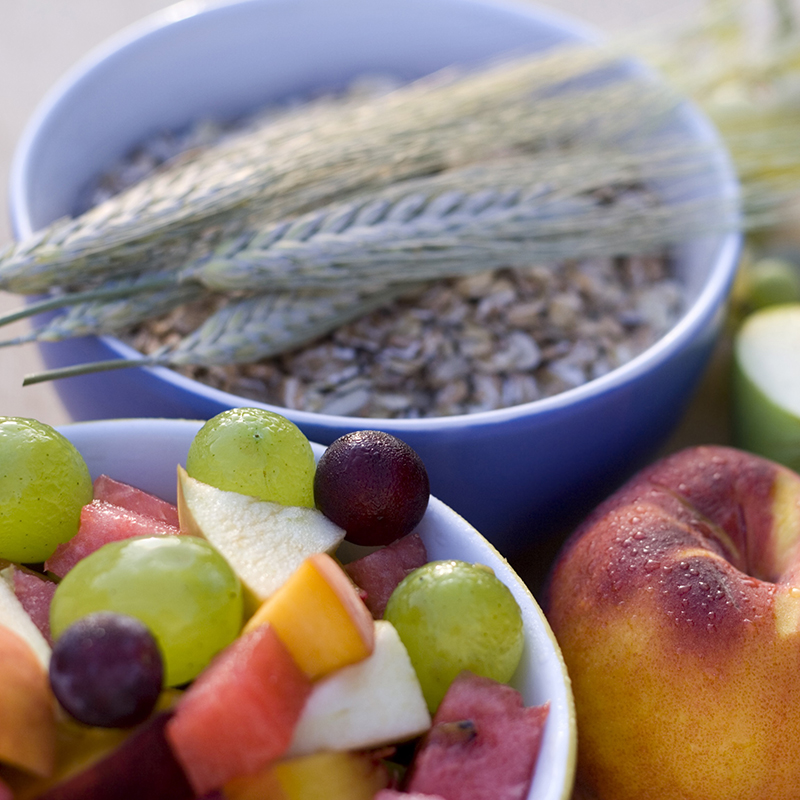Fiber February highlights potential in reformulation for meeting consu…
페이지 정보
본문
Growing consumer awareness is driving reformulation with fiber at its core. Though there is greater understanding of the health benefits associated with fiber, consumers still struggle to meet their daily intake. In light of Fiber February, NutritionInsight speaks with experts on how the space is evolving and what the future holds.
“Digestive health and immune health are two major trends that are having a big impact on the fiber industry thanks to the key role that they play in promoting health – a development that has certainly been fueled by the COVID-19 pandemic,” outlines Annelore De Boe, product manager functional fibers at Beneo.
“More and more consumers are aware that a healthy gut is a crucial element for maintaining good health and a strong inner defense system,” she adds.

Ignored nutrient
According to a survey carried out by Limagrain, nearly 90% of French adults do not reach the recommended levels of dietary fiber intake. The number is similar across other European countries, the company notes.
In the UK, only 33% of the population is aware of the recommended average amount of 30 g per day for adults, and 70% are unsure as to whether they achieve this in their diet, the Food and Drink Federation (FDF) says.
“Fiber plays an essential role in the diet, and currently the UK’s population, on average, does not consume enough fiber in their diets,” says Kate Halliwell, FDF’s chief scientific officer.
Despite its importance, the item is an often ignored nutrient, she adds.
“For many UK consumers, it is insufficient fruit and vegetables, as well as other fiber-rich foods such as nuts and pulses, in their daily diets that is causing their low intake of fiber,” says Kavita Karnik, global head, nutrition and regulatory affairs, Tate & Lyle.
Respondents associated fiber with wholegrains – oats, barley, wheat, bran, spelt, as well as vegetables and legumes and to a lesser extent, fruits such as oranges or nuts, Limagrain’s survey highlights. Bran is the most widely the best-known dietary fiber type, mentioned by 88% of Italians, 61% of Germans and 76% of British.

Bridging demands
Though consumers may not be meeting their daily intake, the health benefits are fairly well known, Limagrain’s survey notes. Companies are thus attempting to bridge the gap using reformulation.
“Fiber as an ingredient has evolved significantly from being a source of discomfort for some consumers to, today, being well-tolerated by various population age groups. Reformulation is an art and a science- and what can be achieved will differ from product to product,” Karnik adds.
According to a whitepaper by Nexira, increased production of processed foods and changing lifestyles have led to a shift in dietary patterns. People are now consuming more foods high in energy, fats, free sugars and salt (HFSS), the company notes. This observation is an issue the UK government is attempting to tackle by restricting where HFSS items are sold.
“As it is difficult to meet the fiber recommendations via traditional foods, innovative high-fiber fortified products may help consumers to increase their fiber intakes,” highlights Nexira.
Innovation driving future
According to Innova Market Insights, fiber ingredients are often listed with recognizable names – for example, chicory fiber or chicory root fiber in place of inulin.
“We see a high demand in prebiotic chicory root fiber due to the versatile benefits it offers in product development,” De Boe notes.
A lot of manufacturers already use common and well-known fibers in their formulations. However, for a well-balanced and diversified diet, consuming different types of fibers is important, Nexira highlights.
According to Innova Market Insights, acacia fiber is a promising ingredient: its use in food formulations has almost doubled in the past three years. The top three market categories for the ingredient are Supplements, Dairy and Cereals, in the past five years.
As the space evolves, Karnik observes personalized nutrition to be another trend where fiber fortification is important. This will enable specifically formulated products to meet consumers’ vitamin and nutrient needs, such as getting more fiber in their diet.![c072353f-e100-4706-87a9-91672a5aa7f2fiber%20foods%202%20[710x710].jpg](https://resource.innovadatabase.com/admin/editor/c072353f-e100-4706-87a9-91672a5aa7f2fiber%20foods%202%20%5B710x710%5D.jpg) Increasing numbers of products with a fiber claim and fiber ingredients also carry a plant-based claim.
Increasing numbers of products with a fiber claim and fiber ingredients also carry a plant-based claim.
Health benefits gaining traction
Consumers link both fiber and prebiotics with immune health. As the understanding of the relationship between gut health and immunity grows, consumers are expected to seek ingredients such as prebiotic fibers that nourish microorganisms in the digestive tract in order to boost immune health, Innova Market Insights highlights.
“Bearing in mind that 70% of the inner defense system is located in the gut, nutrition that is beneficial to the gut and its microbiome is crucial to support the immune system,” De Boe outlines.
“Prebiotic fibers selectively promote the growth of good bacteria, contributing to a healthy microbiota. The consumption of chicory root fiber and its complete prebiotic fermentation leads to a positive shift in microbiota composition.”
Limagrain’s survey highlights that the health benefits of fiber are fairly well known, including its ability to improve digestion and blood sugar levels, as well as its impact on cholesterol and cardiovascular health.
A study recently revealed that reformulating everyday foods with added fiber can lower the risk of heart disease and Type 2 diabetes for 72% of the UK population.
(origin)Food Ingredients First
- 이전글Wilk receives patent for cell-based breast milk in race to bring production to US market 22.02.18
- 다음글What’s next for alternative proteins. 22.02.10
댓글목록
등록된 댓글이 없습니다.


